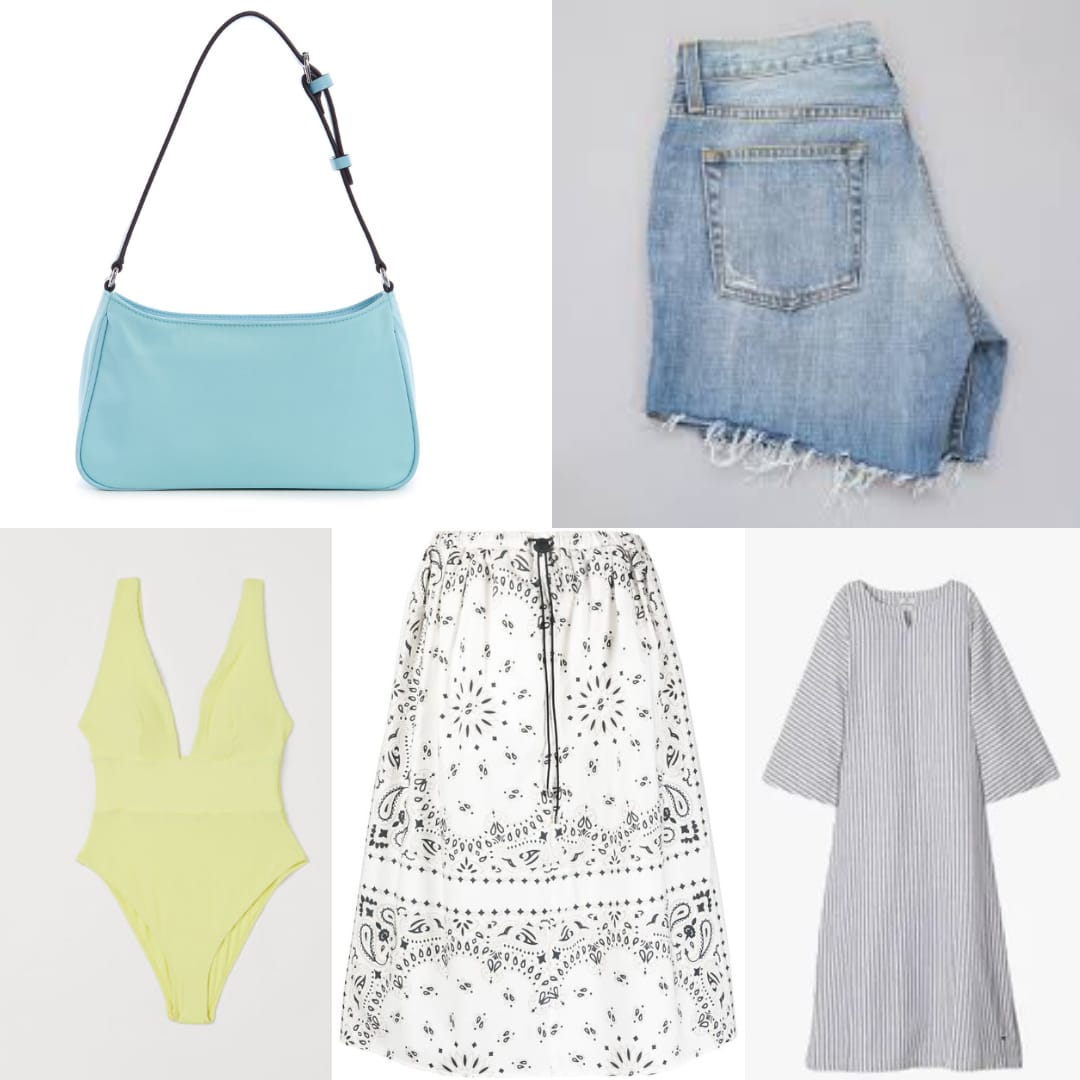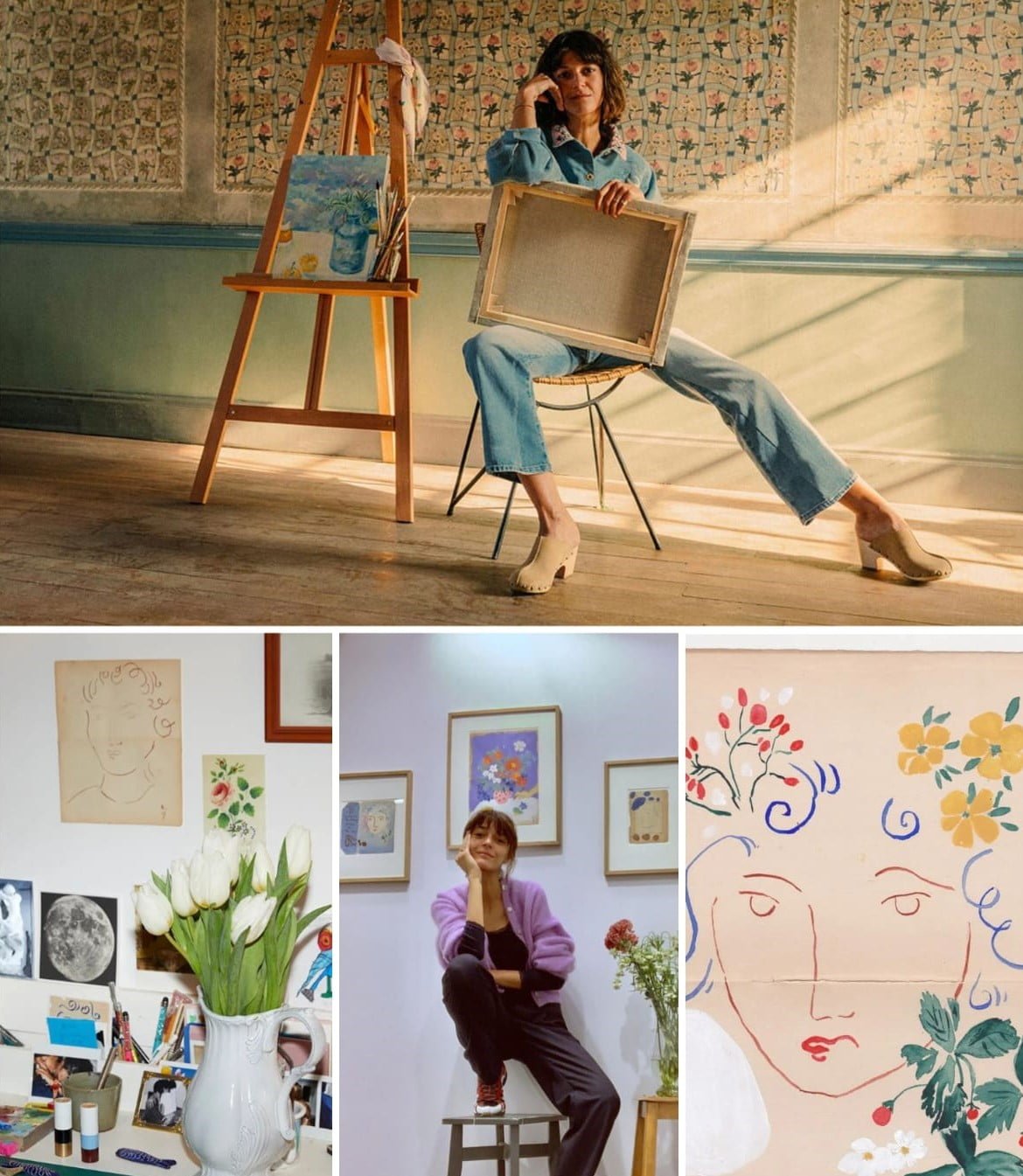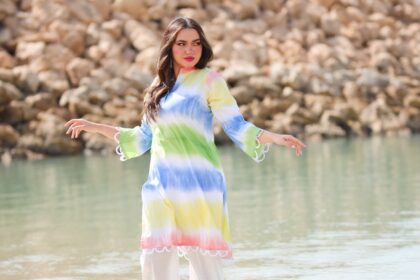Two decades after makeup artist Rea Ann Silva almost unintentionally shaped her perfect sponge (which named ‘Beautyblender’), this tool and its imitators monopolize the market. Several experts analyze the reasons for its success.
Just type ‘makeup sponge’ into Google to get a first idea of how the Beautyblender changed the market for foundation tools. The egg-shaped sponge dyed in garish colors (first it was pink; now also yellow, blue or any shade imaginable) monopolizes searches – and the market – to the detriment of those latex cousins that could well be declared endangered.
Many are signed by the original brand and many others respond to the infinite versions that have imitated its formula: there are cheaper, more expensive, smaller… and even in the shape of an animal or in packs of six inside what looks like an egg cup.
First Sponge Formation Idea
Behind the success of the first sponge that eliminated the uncomfortable edges of its competitors is Rea Ann Silva. This Angelina make up artist , who had actually studied fashion and tried her luck as a make-up artist for sheer survival, worked on the set of the series Girlfriends, when he began to shape his idea.
The chain’s producers wanted the make-up of its four protagonists to look as natural as possible, and to achieve this, Silva recalled the trick that a colleague by profession had told him: wet the sponge before using it. To finish outlining what would end up being his famous Beautyblender, he was in charge of polishing the geometric shapes of the single-use sponges, creating a more ergonomic contour and capable of better adapting to the shapes of the face.
“At the end of each shoot, the sponges disappeared because the actresses took them to give them to their sister, their friend, their aunt or their mother,” Silva told Fashionista about the success of that first homemade version.
Beautyblender, the most useful product
Almost two decades later (it was officially created in 2003, although its global fury would come later), the Beautyblender has been established in the toiletry bags of millions of women as an easy option to delve into the art of self-makeup without the dreaded goops, marks and cuts.
In 2019, its sales reached 175 million dollars (about 155 million euros) and in stores like Sephora a unit is sold every quarter of an hour. This is without taking into account the different versions of other firms, since its creator does not have a patent due to the resemblance between her invention and a medical device for the ears.
“Thanks to their porosity, the products blend and integrate well with the skin, mainly those that are liquid and creamy, achieving a polished, uniform, and natural finish,” makeup artist M. Angeles Cabrera tells S Moda about her success. Although the expert declares herself a fan of brushes, she gives credit to the Beautyblender.
“It is a better option compared to the sponges of all life and since its appearance, everyone uses this or a similar one. Not so much product is wasted because when it is previously moistened it absorbs less quantity. In addition, it allows making up large areas (forehead, cheeks or neckline) faster and is affordable and reusable, as long as we are careful and keep it hygienized, ”she explains.
Make-up artist Amaia Ruiz remembers that she bought her first Beautyblender at Sephora, one of the big pioneer chains in marketing it three years after its creator gave those sponges an oval shape from the shooting of Girlfriends . At that time she was fuchsia, a choice that even earned her a collaboration with the lingerie firm Victoria’s Secret.
“I hadn’t used a sponge in years, but when I started seeing it everywhere I bought it. In addition to having a more attractive design than the usual ones, I think it has worked very well because with a single tool you can do almost everything. For home use I recommend it as it prevents you from having to buy different brushes,” she says.
How to Use Beautyblender
The make-up artist recommends using the largest surface to make up the largest areas of the face and reserving the tip and narrower sides to be more precise in areas such as the wings of the nose or the contour of the eyes. “Also, if you want a natural finish you just have to wet it more and if you want more covered skin you can just wet it a little or use it dry.”
Another trick to use it correctly is to clean and disinfect it after use, letting it dry completely to prevent bacteria from proliferating and mold from appearing. “This is one of its main disadvantages, since we have to throw it away and replace it more often than a brush. The brand recommends changing it after three to six months, while brushes last for years,” says Cabrera.
Ruiz agrees in preferring the latter when he does makeup for his clients – “they are quicker to clean and I like to use one for each thing” –, but he is a fan of the oval sponge when doing makeup for himself. “It’s nice to apply the foundation with a damp sponge, it gives you that feeling of freshness that you can see in the result later.”
Rea Ann Silva, Founder of Beautyblender
The invention has earned Rea Ann Silva worldwide recognition, as well as the expansion of her brand to complete lines of makeup, accessories of all kinds to keep the sponge in perfect condition and, as contradictory as it may seem, even brushes.
Her most recent milestone is being recognized as one of eight women honored in The Only One in the Room: Women Achievers in Business and the Cost of Success exhibition at the National Museum of American History, as well as being chosen as one of the 50 Most Influential Women Over 50 in 2021 by Forbes Magazine.




